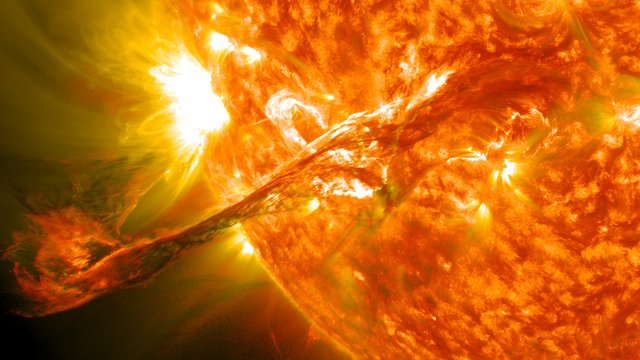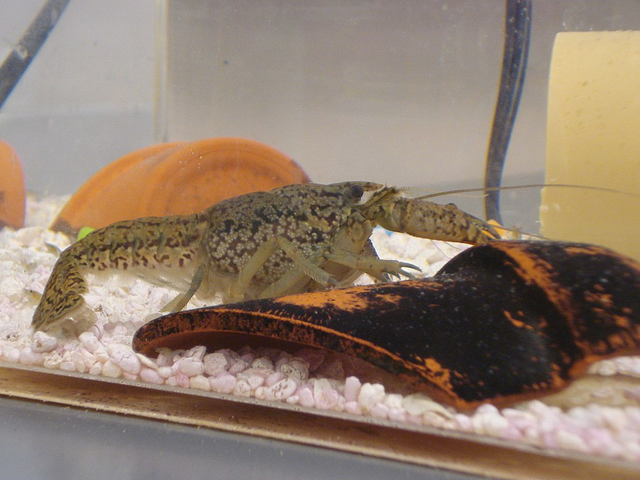Daily Field Notes #32
Welcome to the 32nd Daily Field Note! Here you find the top post of the day, one covering each scientific field that is included by Geopolis. Since these authors put a lot of effort in writing a good post they surely deserve the extra exposure.
Geopolis is a project to promote and connect authors who write in the fields of global sciences. Upvotes are currently worth more than $1,50 so don't hesitate to get involved or become a member for higher rewards! You can read more about the project and how to join here:
https://steemit.com/geopolis/@geopolis/geopolis-the-community-for-global-sciences-update-3
Subjects curated by Geopolis are Geography, Anthropology, Ecology, Geology, Archeology and certain branches of History.
Geology: What May Happen to The Earth When The Sun Dies
We probably will not encounter this very soon, but the sun has to die eventually. And when it does, many strange things can be expected to happen to the sun and the planets in our solar system. @agbona wrote about what may happen when the sun dies.It rises in the morning, illuminating the land and all the life beneath it, and in the evening it leaves the world in complete darkness, dark enough to see its distant relatives as they illuminate the night sky. No doubt, its presence whether night or day, provides heat, light and energy necessary for life to survive on earth. Well, I believe you all know what am talking about? - The Sun. This mysterious solar body is responsible for Earth's weather and climatic condition, because of the energy it emits. It has been studied and observed by astronomers since ancient times, that study sti...
Ecology: Attack of The Clones: Animal Parthenogenesis
Cloning organisms might sound like a fancy scientific topic, but it actually occurs in nature as well! They come with a lot of threads to local ecosystems but also carry an intrinsic weakness. To read more about nature's way of cloning, check out @mountainwashere's post.
The marbled crayfish, or marmorkreb, didn't exist as a species 25 years ago. Today, they number in the countless millions, and are seriously threatening ecosystems in Europe and Madagascar. 25 years seems an astonishing time for a whole new species to appear, but it all occurred thanks to a single mutation. A slough crayfish, a native of Florida and Georgia, apparently developed a mutation while being shipped to Germany. It gained the ability to reproduce without sex- it cloned itself. Marbled crayfish are universally female, all genetically identical, and each is born with the ability to reproduce itself over and over again. It only takes a single marbled cray...
This was todays selection of post. Make sure to check out other authors and upvote this post to support the project!
Get involved with Geopolis on the Discord chat

